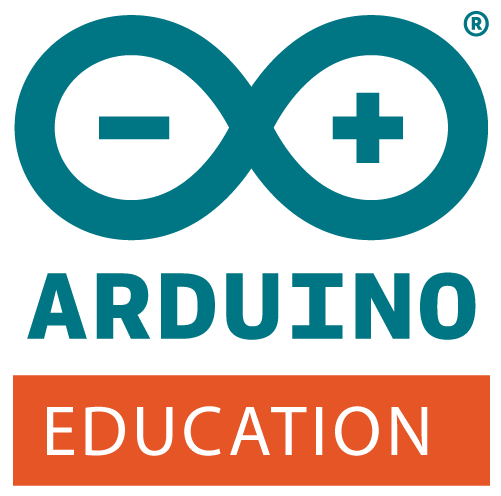Internship Arduino
Interaction Design intern, design for educationInteraction design internship
Arduino, Malmö Sweden
Duration
6 months
fall 2018
Seen in
Arduino store
Design for education, open design, co-creation, design-based learning, project-based learning
ARDUINO ACTION, THESIS PROJECT
During the spring of 2020 I've been doing my thesis project in collaboration with Arduino education on making physical computing education more collaborative, inclusive and understandable. You can check out my thesis on the UID2020 page.
ARDUINO INTERNSHIP
During the fall of 2018 I worked for Arduino. My role was to establish user-testing, prototype content and hardware for the educational department of Arduino in Malmö.
The main project I worked on was CTC GO! an educational programme for high-school students to learn electronics and programming through project-based learning. CTC GO! consists of lessons, guided projects and open-ended student projects.
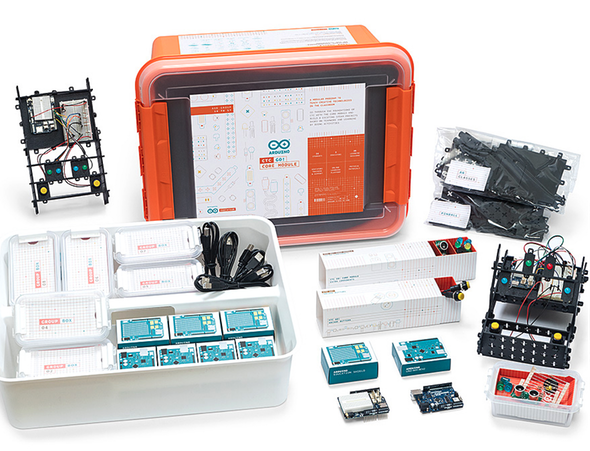
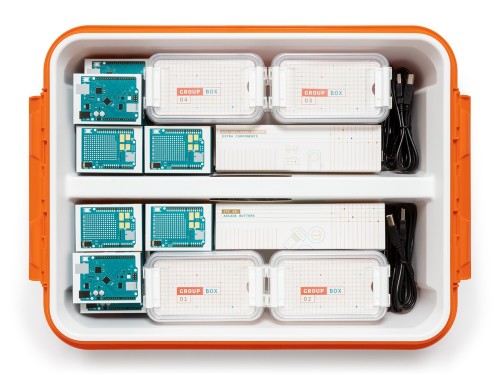
Learning by doing
A learning approach which is focused on learning by doing, a more active approach to traditional education, where not everything is abstracted but you’re shown the messiness of the real world.
Classroom management
One of the key improvements of CTC GO! is taking the feedback of teachers and distributors as an important input. Because the material is hands-on it is important to give the teachers structure, both in content (lesson-plans, timed activities) and hardware (organisers, student-boxes). So, it is easy to start going.
Hardware
A learning approach which is focused on learning by doing, a more active approach to traditional education, where not everything is abstracted but you’re shown the messiness of the real world.
Content
The content is split into lessons of one hour and make it possible for the students to learn in groups. The content is aligned to curriculum standards. Teachers are guided by online training seminars and have teacher specific content.
Online platform
The educational content will be provided through an online platform, where lesson content; practical instructions and teacher content will be presented to the teachers and students in a visual and well-explained way.
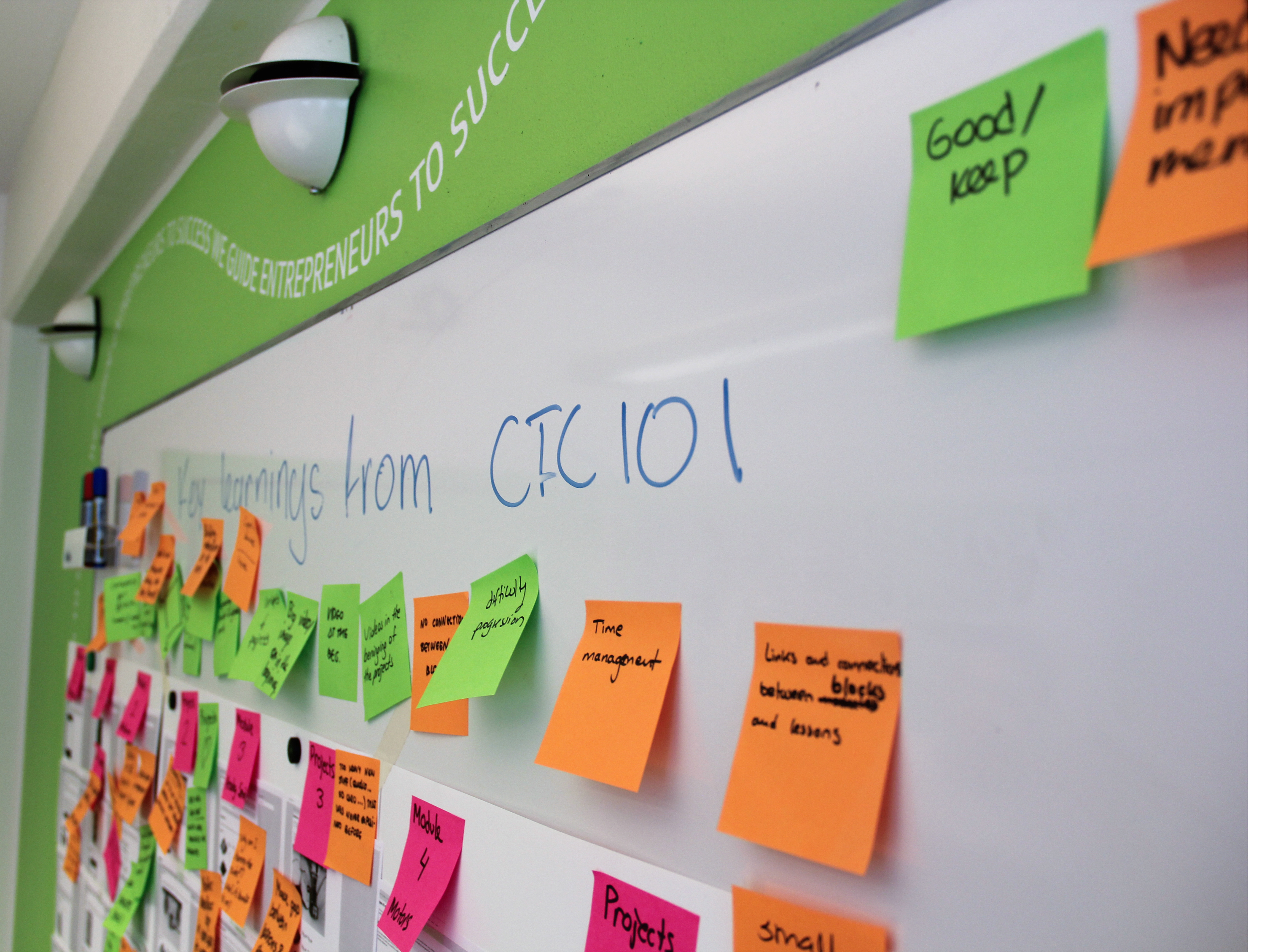

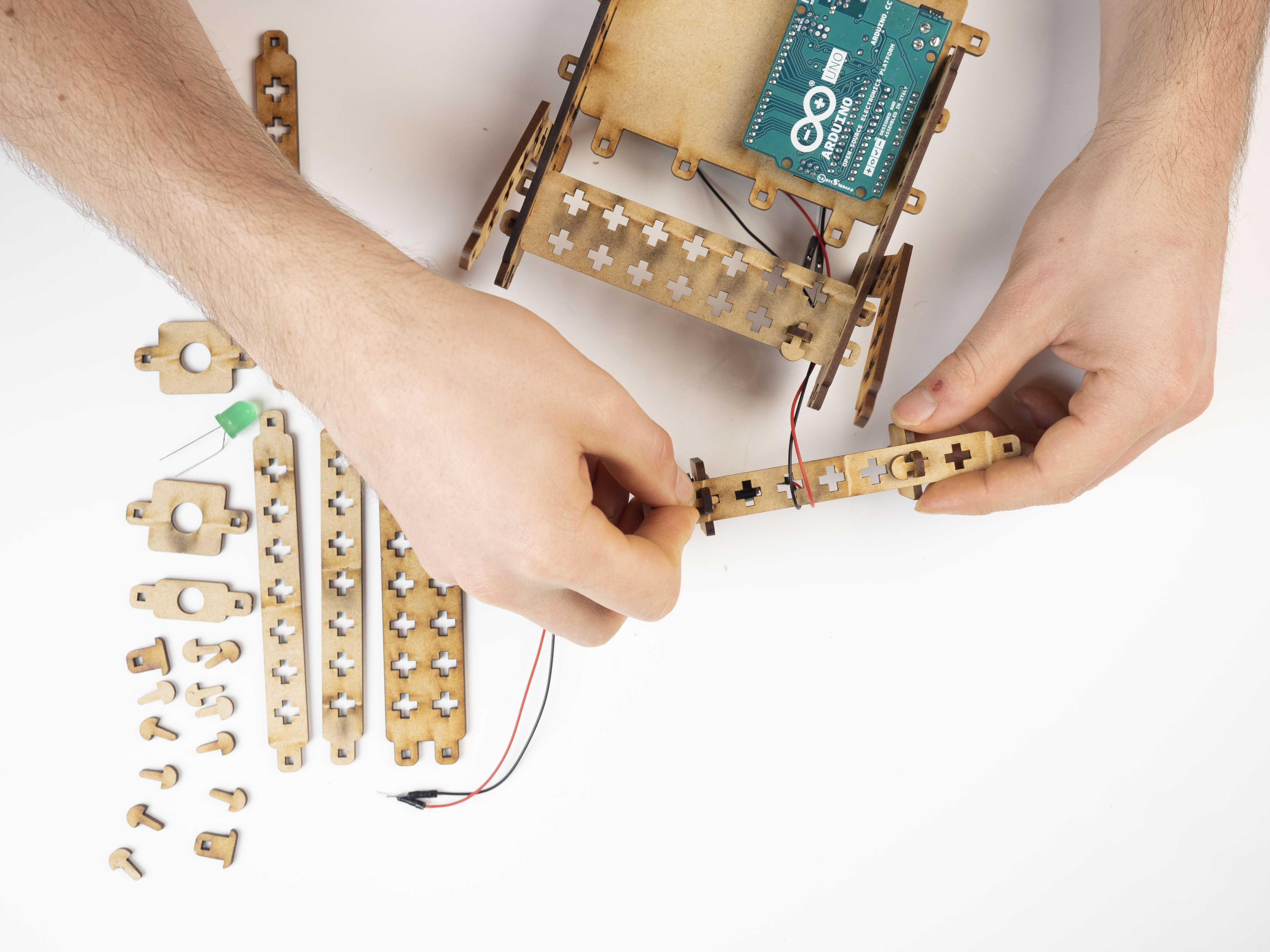
Design process
I opened up discussions with various stakeholders and make progress by iterating fast and showing prototypes at every stage, this created a basis for continuous improvements. I've done this by organising workshops with CTC 101 product owners, have in-company demo days and by organising (in-company) user-testing.
User-testing
My role was to setup user-testing with a school in Malmö. We ran 8 workshops in total with the school, which lead to better products and was a great reality check and deadline and gave us insights how to improve the biggest bottlenecks. We used this as a backlog for the content and development. It also gave us mayor insights in the context and learning experience.
Product design
During the design of the guided projects we made them in such a way that skills, parts and knowledge gained in the guided projects could be an inspiration/building block for the open-ended projects. We itterated a lot on different materials, designs and manufactoring methods to create this platform for creativity.
